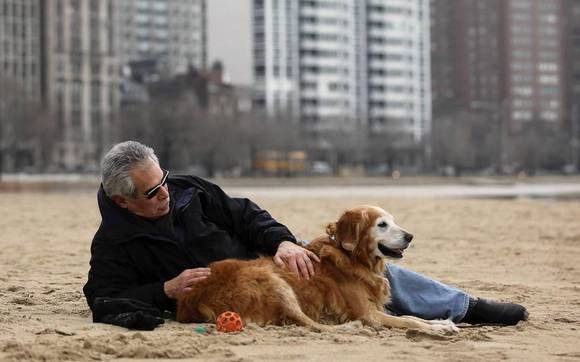
It was 63 degrees, the warmest ever for a Jan. 29 in Chicago, as Kevin Price stepped off the ice rink at Millennium Park.
"I've never skated when it's 60 degrees out before, so this is a new one for me," said Price, a clinical research associate at a nearby pharmaceutical advertising firm who was unseasonably dressed in a T-shirt and jeans.
The brief warm spell was the latest record-breaking weather in a winter that has produced unusually high temperatures and remarkably little snowfall in the Chicago area. The previous record for Jan. 29 — 59 degrees in 1914 — was broken before the sun had even come up Tuesday, when the temperature at O'Hare International Airport reached 60 degrees at 6:51 a.m.
http://www.chicagotribune.com/news/local/ct-met-warm-weather-record-20130130,0,2376605.story





















